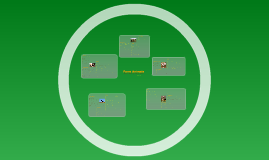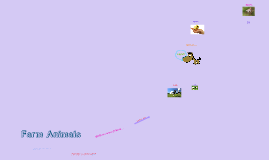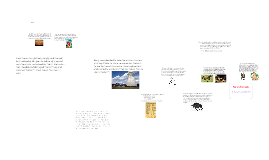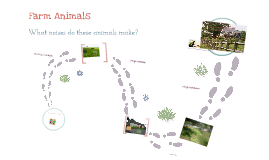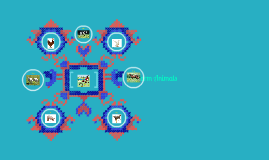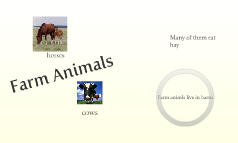Farm Animals
Transcript: The End The animals agreed to these laws strongly. The Next day Mr. Bones went out to check on the farm where all the animals are. As soon as he reached the barn, Harry signaled the animals to charge after Mr. Bones out of the farm. Mr. Bones ran towards the fence and then jumped over as an attempt to run out of the farm. Soon, the animals met together at night in the shed of the farm. It was a little cold, so they tried to get together the best they can. Harry the horse got on top of a wooden crate and waited for every animals to settle down for his speech. When the animals successfully threw Mr. Bones out of the farm, they celebrated in their victory for the completion of the rebellion. After the celebration, they had to choose who would be the leader of the farm. Eventually, they came down to Barry. Barry was proud of himself and decided to lead the group to a success. Everyone cheered for Barry. Farm Animals By: Kainen, Manning, Cody, and Alan Barry the bull decided to make laws. He made: 1. All animals are equal 2. Don't hurt an animal. 3. We are all friends Then the animals got very hungry and the next farm, owned by Mr. Joe started being nice and loan the animal some food for them. Then later, they invaded and destroyed the chimney, and stole half the farm. Then the animals took it back. Then all the food grew back and all the animals celebrated. Then Barry the bull left the farm to convince other farms to join them. The farm was a success and everyone lived happily ever after. There was a farm ruled only by a tyrannt, Mr.Bones(, Cody). There were animals on the farm as well. Harry the Horse(, Manning) was the strongest and also the wisest animal on the farm. Also, there was a chicken on the farm named Hillary. There was a young boar named Lardo the Pig (, Alan). Lardo had no interest into anything on the farm. Lastly there was a bull was on the farm called Barry the Bull(, Kainen). Then the animals had to make the chimney again but got very hungry and then harry the horse got sick and was taken to the hospital and then got better, came back to a party, and everyone was happy. Once the animals settled down, Harry started to make his speech. "To all the animals! We have been slaves to Mr. Bones. Ever since, we had disliked Mr. Bones and wanted freedom for all and for all to come. We will form our rebellion and exile Mr. Bones out of this farm. Do we all agree?" " Yes we will!", the animals shouted out loud. Soon, the animals made the chimney for the farm and already put it to use. The farm became better and all the animals were happy. Then everyone went to rest for the next day. The animals harvested food again the next day and somewhat got less. Harry the horse found that the farm wasn't making enough for the animals to eat. Hillary was confused and soon lefted the farm and was never heard again. Barry soon decided to have the animals make a chimney. It was to make resources for the farm to use. So the animals came into an agreement and started to build a chimney for the animals to use in the farm.






